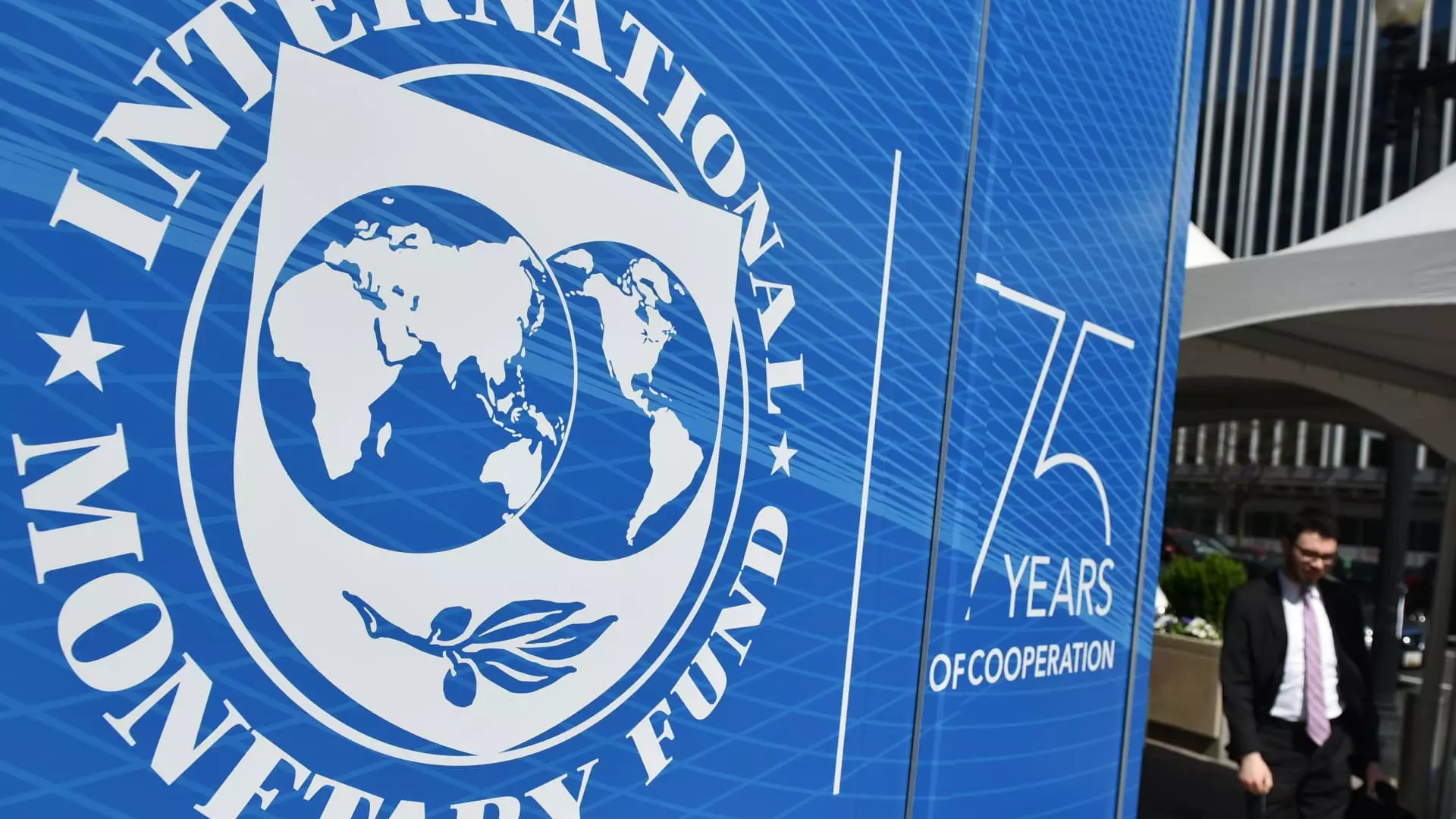The International Monetary Fund (IMF) recently issued a warning regarding the potential upside risks to inflation, which could impact the Federal Reserve’s decisions on interest rates in the coming months. According to the IMF’s latest World Economic Outlook update, there has been a concerning slowdown in global disinflation momentum, indicating potential obstacles ahead. The report specifically highlights a rise in inflation in the United States in 2024, which has diverged from the quantitative easing trajectory pursued by other major economies.
Market analysts and traders have been anticipating multiple interest rate cuts by the Federal Reserve in response to these inflation concerns. In fact, the CME Group’s FedWatch tool indicates that there is a 100% probability of a rate cut at the upcoming September 18 meeting, with expectations for another decrease in November. However, IMF chief economist Pierre-Olivier Gourinchas has offered a more cautious perspective, suggesting that one rate cut may be more appropriate given the current economic conditions.
Gourinchas pointed to lingering challenges in the form of persistent wage and service inflation, which could complicate efforts to bring down overall inflation levels. While he acknowledged that strong wages and service sector growth are not necessarily negative developments, they do raise concerns about the overall health of the U.S. economy. These comments follow a report from the U.S. Labor Department indicating slower year-over-year growth in the consumer price index, reflecting a broader trend of cooling consumption and slower economic expansion at the beginning of the year.
In response to these inflationary pressures and the evolving economic landscape, the IMF has adjusted its growth projections for the United States. The financial institution now forecasts a slightly lower growth rate of 2.6% for 2024, down by 0.1 percentage points from earlier estimates. The downgrade is attributed to weakening consumption trends and slower-than-expected growth in the initial months of the year, underscoring the challenges facing the U.S. economy in the near term.
While market expectations point towards multiple rate cuts by the Federal Reserve in the coming months, the IMF’s warning about increased inflation risks and the need for a cautious approach highlight the complexities of the current economic environment. Balancing the objectives of stimulating growth and controlling inflation will require careful analysis and targeted policy interventions to ensure a stable and sustainable trajectory for the U.S. economy.

